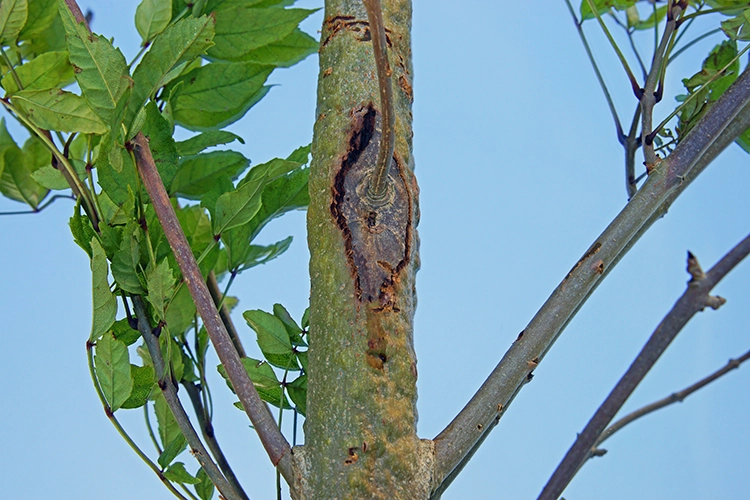
Scientists find a hidden climate threat as a deadly disease such as ash dieback ravages Britain’s forests, releasing millions of tonnes of carbon from the soil
By
For decades, scientists have hailed forests as a critical ally in the fight against climate change. The world’s trees and woodlands act as powerful carbon sinks, pulling vast amounts of carbon dioxide from the atmosphere and storing it in their trunks, branches, and leaves. But a new study from the UK Centre for Ecology & Hydrology (UKCEH) reveals that a devastating tree disease is releasing millions of tonnes of carbon from an unexpected source: the soil beneath the trees.
The study, published in the journal Global Change Biology, focuses on ash dieback, a deadly fungal disease that affects ash trees across the UK. While the loss of carbon from dying trees and the subsequent reduction in CO2 absorption were known threats, this new research identifies a third, previously uncounted impact. As infected ash trees die off, the surrounding woodland soil releases significant amounts of stored carbon, adding to the total emissions and creating a ‘triple whammy’ for climate change mitigation.
Enjoying this article? Check out our related reads:
According to the research team, led by UKCEH ecologist Fiona Seaton, the loss of carbon from British woodland soils alone due to ash dieback was an estimated 5.8 million tonnes of CO2 between 2016 and 2021. This staggering amount is equivalent to over half the CO2 removed from the atmosphere by all broadleaf woodlands in Great Britain in a single year, or the total annual CO2 emissions from cars on Scotland’s roads.
‘A lot of future net-zero plans assume a certain level of forest carbon sequestration, but this is threatened by the exponential increase in tree diseases such as ash dieback in Britain and across the world,’ says Seaton.
An estimated nine million ash trees have already succumbed to the disease in Britain, with up to 100 million more at risk over the next 30 years. As this devastation continues, so will the release of carbon from the ecosystem.
The research was made possible by the Bunce Survey, a long-term study that has been monitoring Britain’s broadleaf woodlands since 1972. By analysing soil samples collected at various sites over the decades, researchers were able to compare changes in soil carbon levels in plots with and without ash dieback. The results provide a crucial, new perspective on the full climate impact of tree diseases.
Chris Nichols of the Woodland Trust, a co-author of the study, emphasised the need for continued research to better understand these hidden threats: ‘Ash are among the most common trees in the UK, and the imported dieback fungus is one of the biggest threats facing British woodlands. This kind of research is vital in refining our approach to woodland conservation.’




